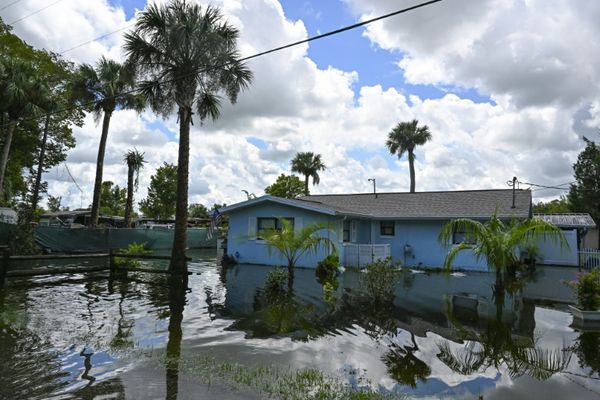
An Australian rainforest frog last seen in 1990 has been listed as extinct on an updated global list of imperilled species, alongside 23 more native orchids at risk of vanishing forever.
The red list, compiled by the International Union for Conservation of Nature, is the leading scientific assessment of extinction risks globally.
Conservationists are entirely unsurprised the latest one includes new Australian species because it happens every year - more evidence, they say, of a rolling extinction crisis the federal government has promised to end.
The list upgrades the mountain mist frog, once found across two-thirds of Queensland's World Heritage-listed Wet Tropics, from critically endangered to extinct.
The IUCN has blamed its demise on the skin-attacking amphibian chytrid fungus, saying its habitat has long been protected so human drivers such as climate change and land clearing can't be blamed.
But that's not the case for the neglected nursery frog, which has gone from endangered to critically endangered.
The frog, which used to be found at higher altitudes from Cairns to Innisfail, is now only found on the top of north Queensland's two highest mountains.
The two populations are isolated from each other and climate change models suggest what little habitat they have left will shrink by more than half under a best-case warming scenario that's unlikely to be achieved.
Human impacts are also associated with the listing of 23 new Australian orchid species.
"We know what's causing this crisis: habitat destruction, invasive species and climate change," Jess Abrahams from the Australian Conservation Foundation said.
Like the neglected nursery frog, researchers recently warned four species of Wet Tropics ring-tailed possums are being pushed to higher altitudes due to the warming climate.
"Thirteen species of Wet Tropics birds are in trouble too because they are not able to cope with our overheating climate," Mr Abrahams said.
"We need swift action from the federal government if we are to turn around the twin climate and extinction crises."
Botanist and CSIRO researcher Dr Katharina Nargar said the 23 additions mean there are now 51 Australian orchids on the red list in total - a reflection of their relative rarity in nature but also human impacts on plants with very specific needs.
The copper beard orchid - which has just been listed and from a certain angle, looks like a bearded face - is a good example.
When it releases its tiny, dust-like seeds in South Australia's Adelaide region, they can't germinate without the help of a specific fungal partner. Other orchids are only pollinated by one species of insect.
"With threatening processes like land clearing, or invasive species, they are under a lot of pressure. Species that are naturally rare of course are very susceptible to other environmental changes," Dr Nargar said.
The list rounds out a shocking year of news on Australia's environmental health.
In July, a five-yearly report found the environment is sick and getting sicker with almost every ecosystem ailing and Australia holding the world title for mammal extinctions.
Federal Environment Minister Tanya Plibersek has since vowed to head off any more extinctions in Australia. She's due to head to the global biodiversity summit in Montreal next week.
The IUCN listing was supported by work carried out by the Centre for Australian National Biodiversity Research.







